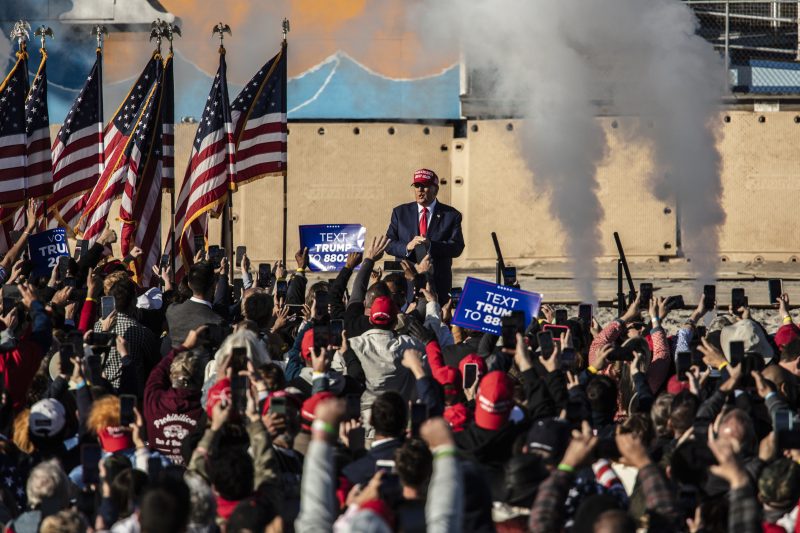Research and history have shown time and again that a high rally turnout does not necessarily translate to winning an election. Despite this, candidates and their supporters often boast of large crowd sizes at their rallies, using them as an indication of popular support. However, while these mammoth gatherings can certainly mean a candidate resonates with passionate followers, this does not guarantee an election victory. In fact, spectators at a political rally typically represent a minute fraction of the entire electorate.
Firstly, it’s essential to understand that people who attend rallies are generally already committed voters. They are highly passionate about their candidate of choice and they choose to make a time commitment to publicly demonstrate their support. However, this group isn’t representative of the total voter population, which is primarily composed of a mix of people with varying levels of political enthusiasm. Thousands–even millions–of other voters might not attend rallies, but they nonetheless take to the polls on Election Day. These voters may be less vocal and visible yet their vote holds just as much weight.
Secondly, crowd sizes at rallies can be influenced by a plethora of factors other than direct support for a candidate. The location of a rally, for example, can greatly affect the number of attendees. If a rally is held in a highly-populated area or a region where a candidate has strong ties, it’s likely that the turnout will be large. Furthermore, some people attend rallies for reasons that have little to do with politics such as the entertainment factor, curiosity, or the desire to be a part of a perceived historic event. Therefore, equating rally attendance with election results becomes a skewed proposition.
Thirdly, let’s consider the logistics and behind the scenes mechanism of these rallies. They are carefully calibrated events, diligently managed by the campaign team to ensure a packed house. There’s a lot of strategizing that goes into selecting locations and times, drumming up support and ensuring that media coverage showcases a supportive crowd. Again, this demonstrates that high attendance isn’t purely borne of spontaneous political enthusiasm—it’s often the result of meticulous planning and marketing.
Social media is another significant factor that has disrupted the traditional understanding of rallies and their correlation with election results. With the rise of digital platforms, more and more people nowadays are choosing to engage in political discourse online, without leaving their homes. Candidates with robust online campaigns can reach more potential voters than any rally. Consequently, candidates with a subdued physical presence but a strong virtual following might fare better in elections than those attracting vast crowds at






























